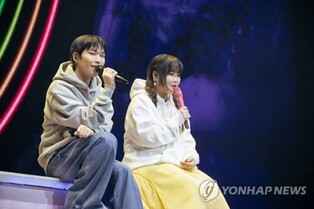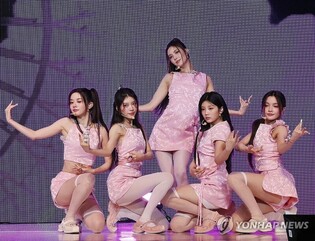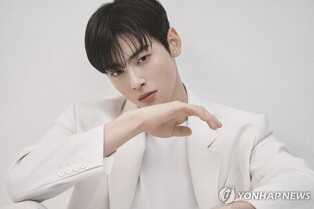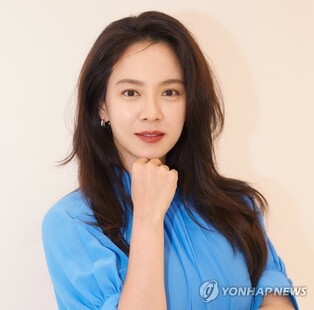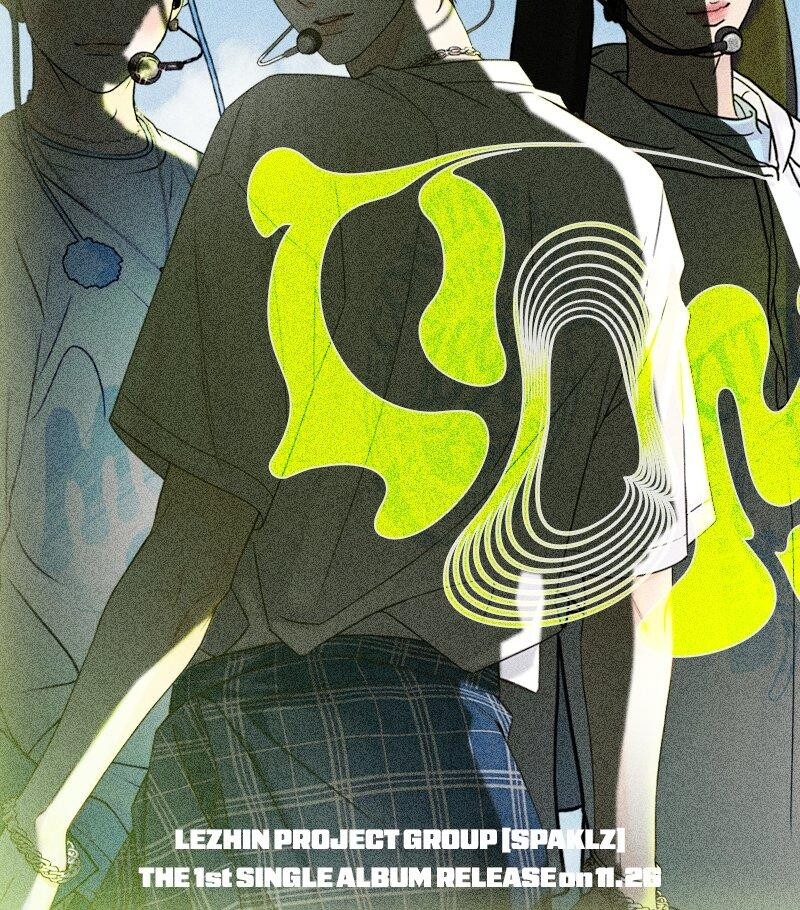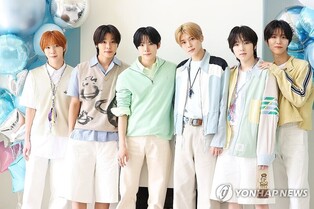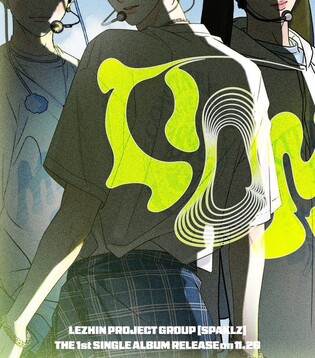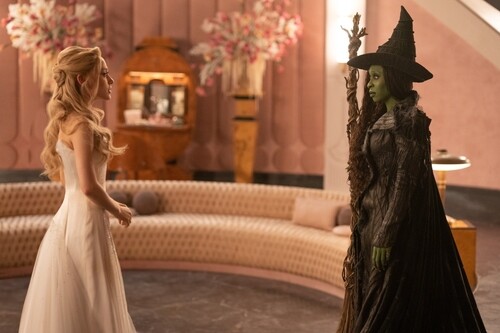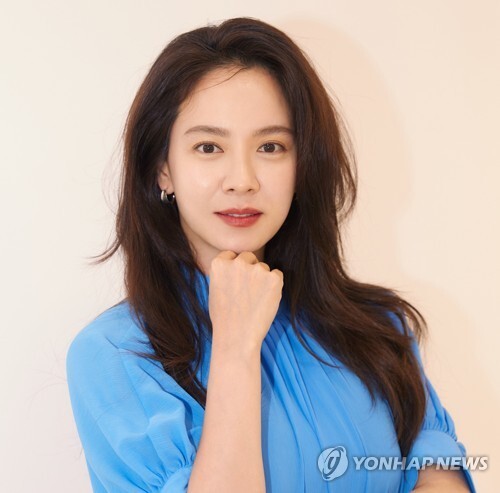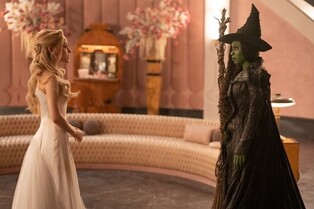*Editor’s note: K-VIBE invites experts from various K-culture sectors to share their extraordinary discovery about the Korean culture.
Chapter 2. The Beginning of AI Art (2)
Text and images contributed by Lee Eun-jun (special professor at aSSIST University)
 |
The most impressive part of the exhibition was Harold Cohen's research notes and sketches. These documents showcased the meticulous process he undertook to develop AARON, offering crucial insights into the technical approach and the art creation process behind AI.
For the general public, understanding the algorithms behind "AI art" can be challenging. Cohen, however, made his work transparent by sharing his detailed work records and study notes, highlighting the rigorous journey of creating AI art. He meticulously detailed every task the program needed to perform, extensively studying human anatomy for programming AARON to draw humans. Cohen researched and measured various aspects like body structure, joint movements, arm motion, shoulder rotation, elbow vertical rotation, wrist rotation, hand opening and closing, and the reach from elbow to hand. This detailed research enabled Cohen to develop algorithms that allowed AARON to create naturalistic human figures.
 |
Cohen's notes on calculating the rotational range of human joints reveal his obsessive precision. He calculated the range of motion for each joint when a person poses, ensuring that the elbows and shoulders bend and straighten within natural limits. This approach taught AARON to create lifelike human figures, transforming the computer from a simple geometric tool into an independent creator of vibrant human portraits. Over decades, AI trained by Cohen has evolved beyond a mere technological tool, opening up the possibility for AI to act as an autonomous agent in artistic creation.
Cohen's work seems to proclaim, "AI art isn't entirely the product of AI alone!" He viewed his work with AARON as a collaboration. Indeed, AI art leverages advanced tools to realize more innovative and creative art forms, rather than producing images without human effort.
Realizing this, I exclaimed in the exhibition hall, "Look at this! This is so amazing!" My excitement drew a crowd, and soon, artists, technologists, and scholars engaged in discussions about the relationship between AI and art, AI's creativity, and the future of art creation.
AARON's exhibition at the Whitney Museum was a crucial opportunity to explore the potential of AI art and introduce the fusion of technology and art to the public. This exhibition expanded the boundaries of art and technology, marking an essential moment in understanding the relationship between AI and art in contemporary art history.
In a 1995 interview for "The Robotic Artist: AARON in Living Color," Cohen shared a conversation with his wife, Becky: "One of the promises I made early on was that I would never accept the position that I should apologize because it was done by a computer." He continued, "I have always insisted that the work performed by the program must stand on the same footing as hand-made art."
What a fantastic statement! I agree with him. The notion that AI art involves less effort or creativity than handmade works is a misconception. The U.S. Copyright Office only registers original works created by humans, protecting creations based on "the creative power of the mind." Cohen's work challenges this notion by demonstrating intellectual labor rooted in creative effort. Recent reports highlight cases where AI art isn't recognized as works or protected by copyright due to not being "human creations." While multiple aspects need consideration for AI art to gain recognition, it's hard to argue that using AI means the work isn't a "human creation." Just as a brush creates a painting but isn't the artist, AI serves as an advanced tool for human creativity.
Some critics argue that AARON's works lack the emotional or experiential reflection characteristic of human art, making them insufficient as artworks. This critique highlights that AI-created works differ from human art based on subjective experiences and emotions, posing philosophical questions about AI's role in art and creativity. AI participation in art creation raises questions about the definition of art and the essence of creativity.
These discussions represent one of the most significant issues in contemporary art. Questions like whether AI can be an agent of creation and who owns the rights to AI-created art have persisted from AARON's era to the present. Cohen opened new discourses at the intersection of art and technology, demonstrating that creativity isn't exclusive to humans and that machines can perform creative tasks under certain conditions.
The concept of art has constantly evolved. As mentioned earlier, art has transformed from Techne and Ars, undergoing numerous debates to be recognized as modern art. Just as photography eventually gained acceptance as art, and contemporary art faced conflicts before recognition, these processes made art more interesting and dynamic. Similarly, AI art should be viewed through a broad lens, considering various AI art forms. By differentiating how artists utilize AI in their work and considering the context, AI-assisted art can gain recognition for its artistic value. At this moment, AI art will be recorded as another pivotal point in redefining the concept of "art."
(C) Yonhap News Agency. All Rights Reserved


















